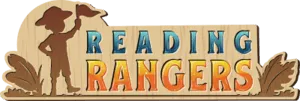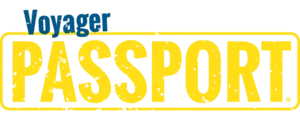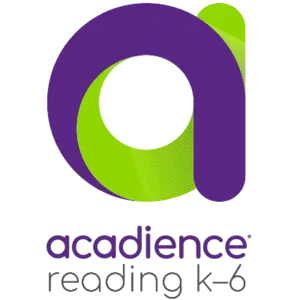Making Small-Group Instruction Work in the Elementary Classroom

The COVID-19 pandemic has had an impact on student literacy achievement. General trends show a decline in student scores after the pandemic. If you surveyed elementary teachers, I imagine you’d gather plenty of anecdotal evidence of the effects of the pandemic in classrooms across the country. Because of this, teachers are seeing a growing need to provide differentiated support to students.
As a third-grade teacher, I can see the subtle differences between my students pre- and post-pandemic. When it comes to literacy, I have an increasing number of students who need support in foundational skills, like phonemic awareness and basic phonics. Being aware of student need is the first step. But, after that, what can be done to support student learning? To answer that question, I think about two separate but related topics: Assessment and small-group instruction.
Screening & Diagnostic Assessment
All students move through the same sequence of skills on their journey to reading. They may move at different speeds, but good instruction starts with phonological and phonemic awareness. From there, students move into phonics and decoding, where they match speech sounds to print. As students progress, they develop fluency with these skills while also building vocabulary knowledge and developing comprehension of text.
With this sequence in mind, we can use the correct assessments to collect actionable data. In my own classroom, I use Acadience® Reading K–6 to screen all of my students. From there, I can layer on relevant diagnostic assessments that look at phonemic awareness, phonics, and comprehension to learn more about my students’ needs.
Armed with screening and diagnostic assessment, I can make informed decisions about the kind of instruction that will move my students along on their literacy journey. I can choose intervention programs that will address their specific needs. And I can group students according to their needs so my intervention delivery is more efficient. This brings me to my second area for consideration: Small-group instruction.
Small-Group Instruction
The post-pandemic increase in student need has necessitated more differentiated instruction for students in the classroom. Like many other schools, I have limited options for push-in or pull-out intervention support and must meet my student needs within my own classroom. I strive to meet these needs through small-group instruction. This includes small-group time during Tier 1 core instruction and during intervention, often referred to as Tier 2 and Tier 3 intervention.
Working with students in smaller groups has the advantage of allowing me to provide support, extra practice, and enrichment to different groups of students, depending on what they need most. In small groups, I can incorporate hands-on activities, like manipulatives for phonemic awareness tasks and word building with letter tiles. I can listen to students’ oral reading as they practice applying their phonics knowledge in decodable text. I can engage students in conversations about vocabulary words and their comprehension of text to ensure they are making meaning while they read. I can support student writing, helping them with handwriting, sentence formation, and organization of longer writing assignments. And, throughout all of these activities, I can provide immediate, corrective feedback more easily when I’m working with a small group of students.
For students who need intervention support, I want to use research-based intervention programs that align to student need and work well with small-group delivery. Not only will this ensure a high-quality intervention curriculum, but it will also support teachers in their implementation of the intervention. One intervention program I have used for this purpose in my own classroom is Voyager Passport®. Voyager Passport is a research-based intervention program for students in grades K–5 that provides support in word-recognition and comprehension skills. It is well organized with an easy-to-use teacher’s manual that makes implementation easy, efficient, and effective. Different levels of Voyager Passport also allow teachers to adjust small-group intervention to meet the needs of their students, based on assessment data. And all of the small-group benefits that I mentioned previously are included within Voyager Passport lessons.
Implementing small-group instruction in the elementary classroom can be a daunting task for teachers. My top advice is to use assessment data to inform your planning. The tips below also will help with small-group planning and implementation.
Tips for Small-Group Instruction:
- Group students according to need. Determine student need using screening and diagnostic assessment data.
- Use progress-monitoring assessment tools to ensure the intervention is working. After collecting several data points, look for trends to help determine if the intervention is helping students or if it needs to be adjusted. You might need to increase the intensity of the intervention, the amount of time you provide the intervention, or the size of the group.
- Use other supports in your building, like a reading specialist or literacy coach, to help with planning and delivery of intervention. Two heads are often better than one.
- Think about what the other students will be doing when you’re working with a small group. Center and independent activities should be differentiated so students can practice skills they’re able to do independently. The goal of this kind of independent work is to develop automaticity and fluency with skills the student can complete on their own.
- Will you pre-teach certain centers students can complete independently?
- Will students use a digital program, like Reading Rangers, to practice skills at their individual levels?
- Will students work independently or with others?
How will you monitor the work they complete during this time?
To read more about implementing small-group interventions:
Read Whole- and Small-Group Instruction: Steps for Successful Intervention
- From Acadience: The Impact of COVID-19 on Student Reading Development Technical Brief
- From Amplify: Research Brief


